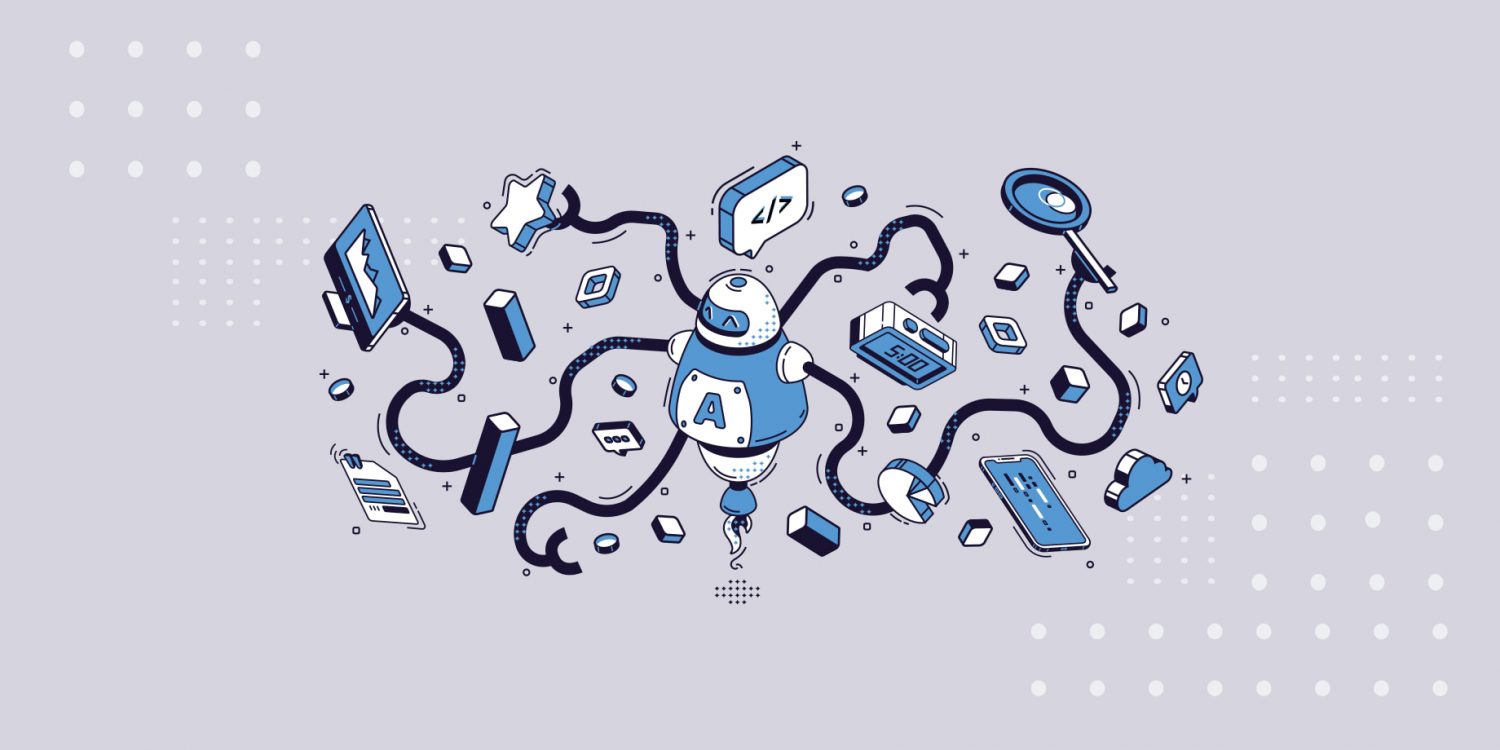
The Internet of Things (IoT) appears to be one of the most significant technological breakthroughs since the creation of the internet itself.
The basic idea is that sensors embedded in almost anything (mobile devices, clothing, manufacturing equipment, appliances, and so on) can communicate with one another, allowing for a more convenient interconnected life with the cloud.
Machine learning was foremost presented in 1959 by Arthur Samuel, an IBM employee. Machine learning is a subset of artificial intelligence primarily used to analyze data with the assistance of AI, identify patterns, and make decisions with less human intervention.
Machine learning is essential in data science because it provides statistical methods and algorithm prediction. It also aids in understanding the critical insights of data mining projects—these necessary sights aid in making timely and accurate business and application development decisions.
Along with the IoT platform, machine learning is rapidly expanding. Small cameras and other Internet of Things components are now widely available on mobile devices, computers, traffic control systems, parking systems, and household appliances.
Millions of IoT platforms are manufactured worldwide to collect various data stored in machines via the internet, allowing devices to understand that data more precisely and, In a nutshell, make them more useful.
Advantages of Machine Learning
- Automatic Business process
Machine learning and IoT aid in the automation of routine business tasks. IoT platforms allow for more precise data access and more work to be completed in less time. Business process automation (BPA), with the help of machine learning and IoT, increases business productivity by up to 40%. The automation facility streamlines the work and allows other employees in the organization to focus on more value-added tasks.
2. Reduction of Waste
IoT solutions and machine learning help businesses improve operational efficiency by reducing waste. IoT sensors provide information about resources that are not useful for business, and machine learning analyses data using algorithms.
Machine learning algorithms and IoT reduce inefficiency and assist in obtaining various alternative procedures that reduce waste.
3. It brings visibility to the supply chain
IoT implementation has provided the most beneficial support in supply chain management. IoT sensors installed in vehicles and shipping containers provide critical information such as product quality and real-time data. The data makes the supply chain visible. However, combining IoT solutions and machine learning provides your business with greater scalability. Machine learning analyses real-time data generated by IoT devices to predict potential disruptions and issue warnings.
4. Safety and secure
With the help of sensors and devices, combining machine learning and IoT solutions quickly reduces potential security and safety issues. The combination creates a secure ecosystem that assists organizations in managing and forecasting risk factors such as financial, cyber, and many others.
5. Enterprise Resource Planning
Resource management, supply chain management, work management, and health and safety initiatives are part of enterprise resource management. Businesses use IoT sensors to collect real-time data from resources (assets).
Business owners quickly adapt the intelligent resource management system to problems by providing enterprises with real-time solutions.
A highly responsive environment (ecosystem) and an increase in operational efficiency are two expected benefits of Machine learning with IoT in enterprise asset management.
6. Maintenance
Machine learning and IoT reduce maintenance costs. Machine learning with IoT detects maintenance issues and alerts the appropriate team to resolve the issue, saving a significant amount of workforce and time. This technology schedules the machine’s maintenance cycle based on usage.
Conclusion
The Internet of Things (IoT) is the most significant technological breakthroughs since the internet’s inception. IoT devices enable more precise data access, which allows more work to be completed in less time. Machine learning and the Internet of Things support to automate routine business tasks, increasing productivity by 40%.
By reducing waste, IoT and machine learning help businesses improve operational efficiency. Machine learning analyses real-time data generated by IoT devices to predict potential disruptions and issue warnings. The combination of machine learning and IoT quickly reduces possible security and safety issues with the help of sensors and devices.
You can also use akenza.io, a self-service IoT platform that lets you build useful Azure IoT Hub products and services. Akenza.io is confident in its ability to help organizations develop IoT solutions by considerably reducing the workload and complexity.

